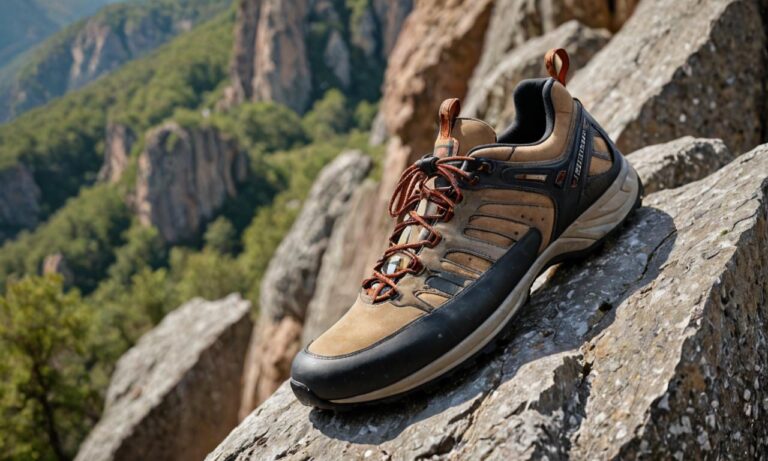Selecting the right pair of climbing shoes can make a huge difference in your performance and comfort on the rock. In this comprehensive guide, I’ll walk you through the key factors to consider when choosing climbing shoes, so you can find the perfect fit for your needs. As an avid climber myself, I know firsthand how important it is to have a reliable and comfortable pair of climbing shoes.
In my years of experience, I’ve learned that investing in a high-quality pair of climbing shoes that suit your specific needs can greatly enhance your climbing experience and help you progress to the next level.
Understanding the Different Types of Climbing Shoes
Before diving into the specifics, it’s essential to understand the various types of climbing shoes available. The main categories include:
“When selecting climbing shoes, it’s crucial to consider the type of climbing you’ll be doing most often. Different shoe styles are designed to excel in specific disciplines, so choose a pair that aligns with your goals and preferences.” – Dr. Elias Katsaros, Podiatrist and Climbing Enthusiast
Key Features to Consider When Choosing Climbing Shoes
To find the perfect climbing shoes, you’ll need to evaluate several key features:
| Climbing Style | Recommended Shoe Features |
|---|---|
| Bouldering | Aggressive downturn, soft to medium stiffness, Velcro or slip-on closure |
| Sport Climbing | Moderate downturn, medium to stiff, laces or Velcro closure |
| Trad Climbing | Flat to moderate downturn, stiff, lace-up closure |
Finding the Right Fit for Your Climbing Shoes
A proper fit is crucial for climbing shoes to perform at their best. Here are some tips to ensure you find the right fit:
Climbing Shoe Materials: Leather vs. Synthetic
Climbing shoes are typically made from either leather or synthetic materials, each with its own advantages:
Ultimately, the choice between leather and synthetic comes down to personal preference and priorities. Consider factors such as durability, stretch, and breathability when making your decision.
Choosing Climbing Shoes Based on Your Skill Level and Goals
Your skill level and climbing goals should also influence your choice of climbing shoes:
Maintaining and Breaking In Your New Climbing Shoes
Once you’ve found the perfect pair of climbing shoes, it’s important to properly maintain and break them in:
Investing in a quality pair of climbing shoes that fit well and suit your needs is one of the best ways to enhance your climbing experience and progress in the sport. Don’t be afraid to spend a little extra for a pair that will last and perform at a high level.
In conclusion, choosing the perfect rock climbing shoes requires careful consideration of factors such as fit, terrain, style, materials, and personal preferences. By understanding the different shoe types, features, and components, you can make an informed decision that will help you excel in your climbing pursuits. Remember, the right pair of climbing shoes is an investment in your passion for the sport, and the value they provide in terms of comfort, performance, and enjoyment is well worth the effort spent finding them.






